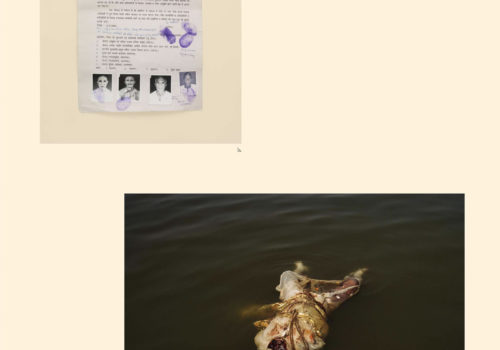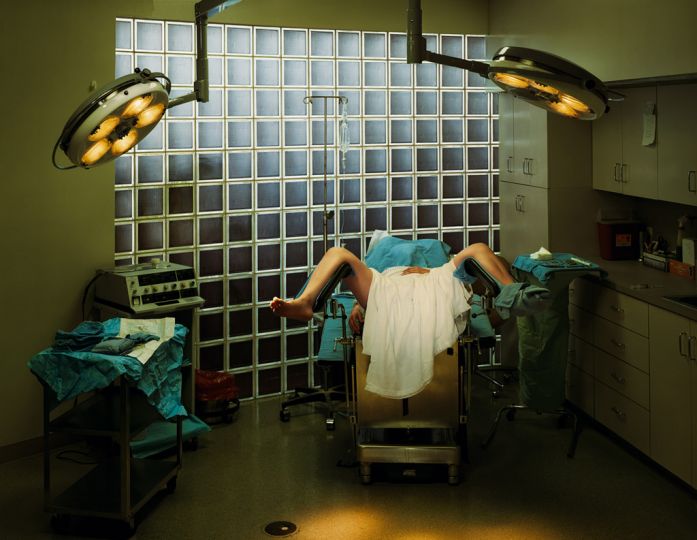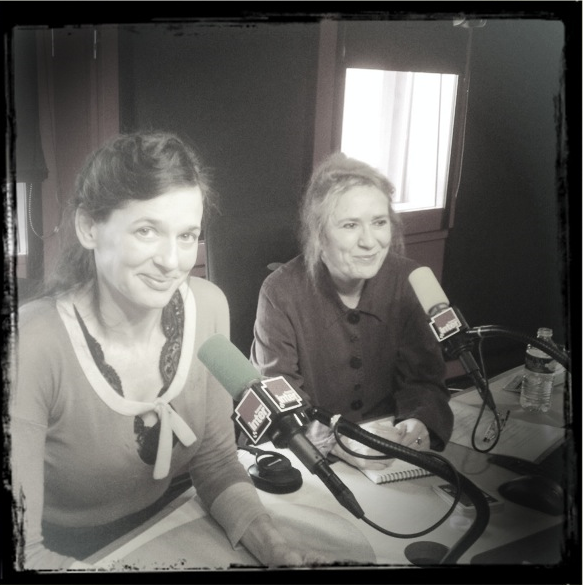In one afternoon at the Tate Modern, I was first pleasantly surprised to discover the exhibition Contested Terrains in the Level 2 Gallery (http://lalettredelaphotographie.com/entries/4494/londres-contested-terrains), before I continued on to the upper floor to see the installation of Taryn Simon’s A Living Man Declared Dead and Other Chapters, which I’d originally come to see.
Taryn Simon is one of those attention-grabbing artists who is not only talked about for her work but also for her “artistic aura”/personality. Simon is a highly regarded and esteemed artist who is at the same time very popular and celebrated, as well as represented by an internationally renown gallery such as Gagosian. People are either very fond of her work or not at all. I have never experienced someone not having any opinion or not taking a position. Personally, I’m extremely curious to see what she comes up with next.
A Living Man Declared Dead and Other Chapters is “an extended meditation on the political economy of fate” as Geoffrey Batchen describes it in the essay included in the catalogue that accompanies the exhibition. Simon’s new series explores the relationships between chance, blood and fate and records the effects of a combination of factors—territory, governance, power, and religion with psychological and physical inheritance.
The American photographer travelled the world for four years—from 2008 to 2011—to carry out an extensive research on bloodlines and their related stories. The work is a collection of genealogies structured in eighteen chapters ranging from feuding families in Brazil to victims of genocide in Bosnia, from living dead in India to polygamy in Kenya, from test rabbits in Australia to the story of the first woman who hijacked an aircraft. Unlike her previous works—Contraband (2010), An American Index of the Hidden and Unfamiliar (2007) and The Innocents (2003)—Simon with A Living Man Declared Dead crosses the borders of her own culture and social system and expands her vision to reach out to the entire world population thus marking a significant shift in her practice.
The chapters are articulated in three parts: a portrait panel that systematically orders the members of a bloodline; a text panel that provides either identifying ethnographical information or reasons for missing portraits; and Simon’s “footnote panel” that includes photographs, documents or personal effects that function as supporting evidence to the stories. Each photograph is presented in a custom-made frame: a choice that contributes, with the creation of a grid of juxtaposed elements, to grant Simon’s images the authority of documents.
The highly methodical structure and classification process, as well as Simon’s deadpan-factual photographic style, suggest that these images are intended as sequences of collective portraits rather than individual characters. All of the portraits from the eighteen bloodlines look exactly the same; Simon ensured that the same conditions were maintained throughout the entire process. All subjects have been photographed sitting in a chair against an equally neutral background staring straight in front of them with the hands in their laps.
This archive of images, though, wouldn’t have any relevance and meaning if not inserted in a historical (temporal) context: cultural, social, geographical, political factors as well as chance, fate and blood shape the lives and the stories of the people depicted. The order of the structure of this archive is functional and intended by the artist but claims for a deeper look by the audience. Simon in her quest around the world aims at finding within these personal stories a pattern or a code embedded in the narratives that could reveal the re-occuring variations of archetypes that were in the past, are in the present and will be in the future, throughout the history of man.
Chapter I – The Living Dead
In India, Simon photographed a living bloodline in which several members are officially listed as dead.
Excerpt: “While visiting the local land registry office, Shivdutt Yadav discovered that official records listed him and his brothers as dead. His land was no longer registered in his name. Land registry records documented the transfer of Yadav’s property to his father’s other living heirs, allowing them to inherit his share of the family’s ancestral farmland. Records officials are frequently bribed to have living people declared dead in order to redirect the hereditary transfer of land to new owners. ”
Chapter VI – Test Rabbits
In Australia, Simon photographed over 100 rabbits that had been injected with a lethal disease generated by the government to control rabbit populations.
Excerpts: “Twenty-four European rabbits were introduced to Australia in 1859 for hunting purposes on an estate in Victoria. Within one hundred years the rabbit population exploded to half a billion. European rabbits have no natural predators in Australia. They compete with native wildlife, degrade land, and damage native plants and vegetation.”
“Haigh’s chocolate Easter Bilby replaced Haigh’s Easter Bunny in 1993. Haigh’s stopped making chocolate bunnies and joined forces with the Foundation for Rabbit-Free Australia in an effort to counter the annual celebration of rabbits.”
Chapter VII – Srebrenica Massacre
Simon travelled to Bosnia to document the impact of genocide on one family. Six of the twenty-one members of one bloodline were murdered during the Srebrenica Massacre. The Srebrenica Massacre is the largest mass murder in Europe since the Second World War.
Excerpt: “In five days in July 1995, Bosnian Serb soldiers systematically executed approximately 8,000 Bosnian Muslim men and boys in Srebrenica. Muslim men and boys from the camp and surrounding areas were rounded up, beaten, and killed. They were buried in mass graves, some still alive.”
Set in an exhibition space adjusted to the artist’s vision—the walls have been painted Super White and the lighting turned up to seven times its normal level recreating the conditions of a laboratory—A Living Man Declared Dead is an engaging experience and commitment that probably requires more than a one visit.
A Living Man Declared Dead and Other Chapters will simultaneously be at the Tate Modern, London and at the Neue Nationalgalerie, Berlin until January 2012. The exhibition will then travel to the Museum of Modern Art, New York where it will be on display from May through August 2012.
Elisa Badii


















